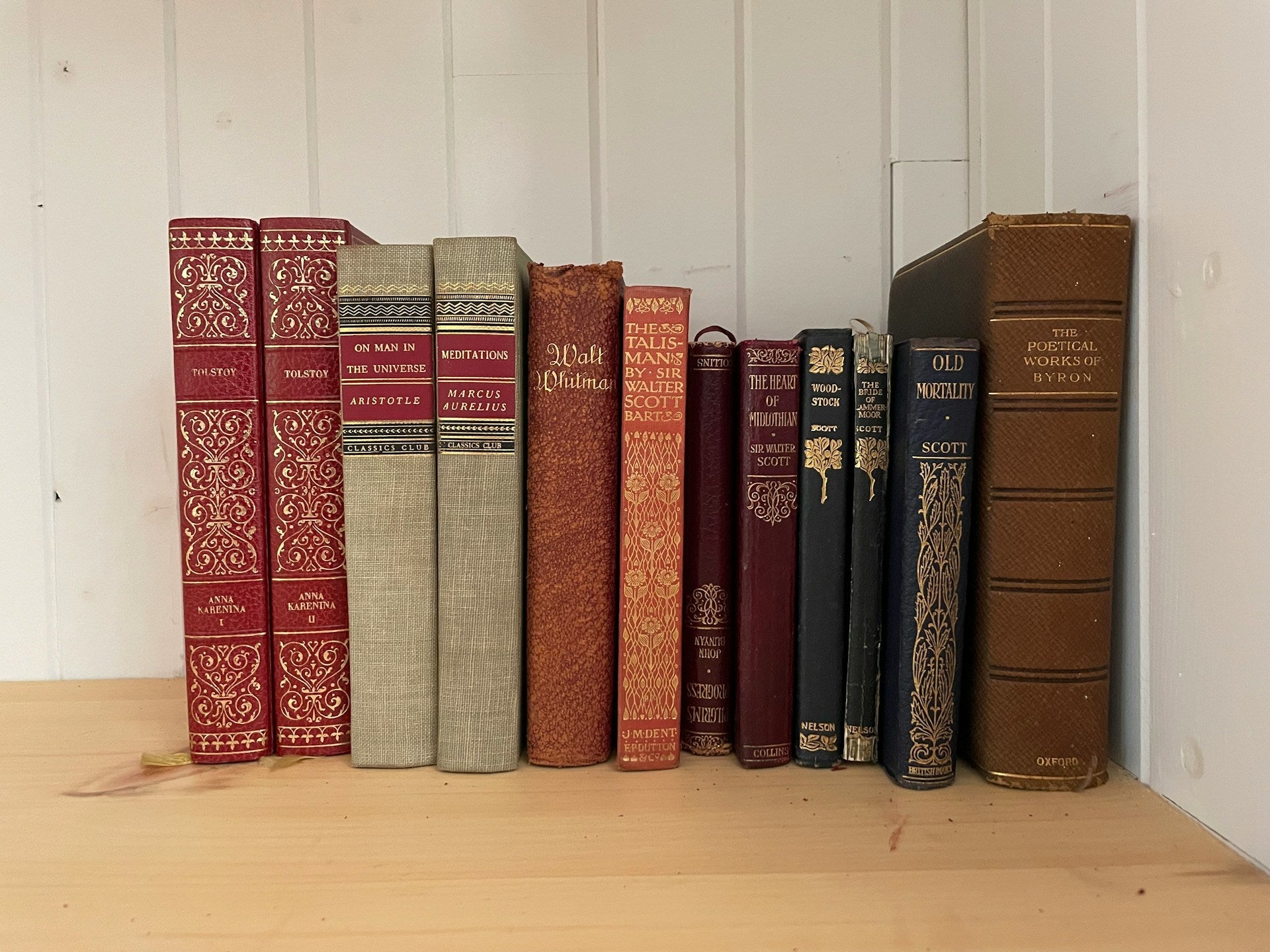
Sunshine streaming through windows can brighten up a room, but it can also harm your cherished books. Prolonged exposure to direct sunlight causes fading, weakens bindings, and can lead to brittle pages. This is especially concerning for antique books whose delicate nature requires extra care.
Understanding Sun Damage on Books
The sun is essential for life, but its rays can be harsh on your books. When books sit in direct sunlight for too long, the ultraviolet (UV) rays cause significant harm. The most noticeable effect is fading. Book covers, especially those with vibrant colors, lose their brightness, becoming dull over time. Even the spines, often the most exposed part, suffer from color loss, making it difficult to read titles.
Sunlight also affects the paper inside the books. UV rays break down the fibers, making the pages brittle and fragile. Over time, this can lead to pages becoming yellowed and possibly tearing more easily. For books with leather bindings, sunlight dries out the leather, leading to cracks and stiffness, which damages the overall structure of the book.
Beyond fading and brittleness, sun exposure weakens the glue used in book bindings. This results in loose pages and can even cause the book to fall apart. Knowing how the sun affects your books helps you take steps to preserve them. By recognizing these signs of damage early, you can take action to protect your precious collection and keep it looking beautiful for years to come.
Effective Shielding Techniques Against UV Rays
Protecting your books from harmful UV rays involves simple techniques that keep them safe without blocking out all the natural light. Start by using UV-filtering film on windows. This film reduces the amount of UV radiation that enters your home, cutting down on potential damage. It's an effective solution for rooms that receive lots of sunlight during the day.
Another option is to use curtains or blinds. Choose ones that are light-filtering to allow some sunshine while still protecting your books. You can adjust them throughout the day, limiting direct exposure during peak sunlight hours. Sheer curtains are a stylish way to diffuse light and add a layer of protection.
Consider placing your books behind glass doors. Glass doors on bookshelves act as a physical barrier, shielding books from direct sunlight. For an extra layer of protection, use UV-protective glass or Plexiglas, which is specifically designed to block UV rays.
Finally, book covers such as dust jackets offer an easy way to protect covers from fading. These can be made from UV-resistant materials to boost protection. Implementing these shielding techniques will help preserve your books, preventing damage and extending their life, so they look their best on display.
Choosing the Right Placement for Bookshelves
Where you place your bookshelves has a big impact on how well your books are protected from sun damage. Start by finding spots in your home that receive indirect light. North-facing walls generally get less direct sunlight, making them an ideal location for your shelves.
Avoid placing bookshelves right next to windows where direct sunlight hits during the day. Instead, position shelves on interior walls or away from the path of the sun. Also, think about the height of your shelves. Books on higher shelves may be exposed to more sun if light comes in from above, while lower shelves can be shielded by furniture or curtains.
If you have limited wall space, consider using taller furniture or plants to cast shadows over your bookshelves during peak sunlight hours. This helps reduce the amount of light reaching your books without drastically changing your room layout.
By carefully choosing where to place your bookshelves, you can minimize sun exposure and keep your books safe. Thoughtful placement ensures that your collection not only looks great but also stays protected, preserving its condition over time.
Additional Protective Measures for Book Preservation
To further protect your beloved book collection, consider adding extra layers of care. Humidity control is a vital part of preserving books. Keep your home's humidity levels between 40% and 60% to prevent mold growth and warping. Use a humidifier or dehumidifier as needed to maintain steady levels.
Regular cleaning helps prevent dust buildup, which can damage covers and pages over time. Use a soft, dry cloth to gently wipe books and shelves. Avoid using water or cleaners, as moisture can harm book materials.
For leather-bound books, apply leather conditioner periodically to keep the material supple and prevent cracks. Select a conditioner suitable for antique leather to ensure long-lasting protection.
Lastly, consider rotating your books occasionally. This gives each book a break from light exposure and ensures all receive even care. These steps help maintain your books in pristine condition, allowing their stories to live on for generations.
Conclusion
Protecting your books from sun damage and other environmental factors ensures they remain beautiful and functional for years. The right combination of placement, shielding techniques, and careful maintenance forms a comprehensive approach to preservation. Keeping these measures in mind not only safeguards your collection but also enhances your living space.
Book Decor understands the value of maintaining your book collection. Whether you seek durable decorative books or practical advice on care, we’re here to help. Explore our range of book decor and discover how you can add elegance and protection to your home library. Your cherished books deserve the best, and we are here to support you every step of the way.

